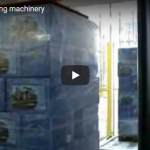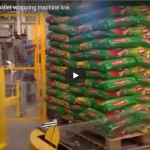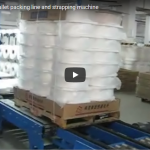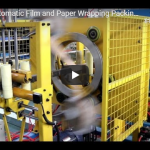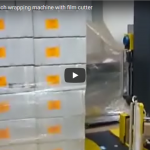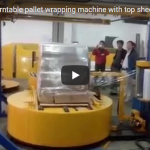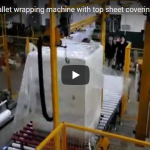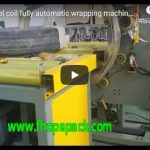Our packaging machine is equipped with a PLC and touch screen for easy operation. It can automatically feed and cut film and measure the packing height using a sensor. The layer and wrapped zone of the load can also be set. The machine can identify the load using a sensor and has the option to set an intensive film wrapping layer with adjustable film tension.
The turntable speed can be set between 3-12rpm, and the film carriage moves up and down at adjustable speeds. The machine also has cycle break capability and features single start, reset, and emergency stop buttons, as well as a turntable jog button. Additionally, the wrapping position can be reset, and the speed of the conveyor is adjustable.
Our packaging machine is designed to improve the efficiency and effectiveness of your packaging process. With its advanced features and customization options, it can help you create a tailored packaging solution that meets your unique needs.
info@fhopepack.com
